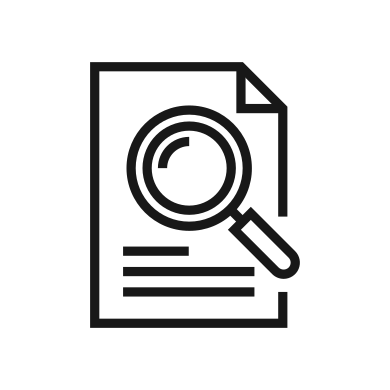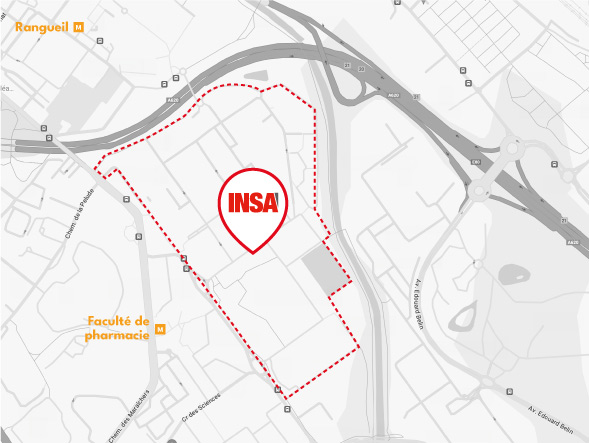Program (detailed contents):
This course is dedicated to deep learning methods for processing complex data such as signals, images or sequential data (time series or textual data). It also covers methods for anomaly detection, especially in functional data.
* Convolutional neural networks: convolutional layer, pooling, dropout, architecture of convolutional networks (ResNet, Inception), transfer learning, applications to signal and image classification and object detection.
* Encoder-decoder, variational auto-encoder, generative adversarial networks.
* Functional decomposition on Spline, Fourier, wavelet or functional PCA bases: cubic splines, penalized least squares criterion, Fourier bases, wavelet bases, application in non-parametric regression, linear and non-linear estimators by thresholding, links with the LASSO method.
* Anomaly detection, Main algorithms: One Class SVM, Random Forest, Isolation Forest, Local Outlier Factor. Applications to anomaly detection for functional data.
* Recurrent networks (RNN, LSTM) for the analysis of sequential data.
Objectifs
At the end of this module, the student will have understood and be able to explain (main concepts):
- The use of deep learning algorithms (convolutional neural networks) for the classification of complex data (signals, images) in high dimension with estimation of the prediction error
- The main algorithms for signal or image classification
- Dimension reduction methods for complex data
- Anomaly detection algorithms
- Recurrent neural networks for the study of sequential data
- The use of convolutional networks for object detection in images
The student will be able to:
- Adjust deep neural networks for signal or image classification.
- Apply anomaly detection algorithms.
- Use recurrent neural networks for time series prediction
- Implement and optimize deep learning algorithms on real data using Python libraries.
Pré-requis
Elements of Statistical Modeling (4MA)
Machine Learning (4MA)
Introduction to Python
Software for statistics (R,Python)
Évaluation
L’évaluation des acquis d’apprentissage est réalisée en continu tout le long du semestre. En fonction des enseignements, elle peut prendre différentes formes : examen écrit, oral, compte-rendu, rapport écrit, évaluation par les pairs…













